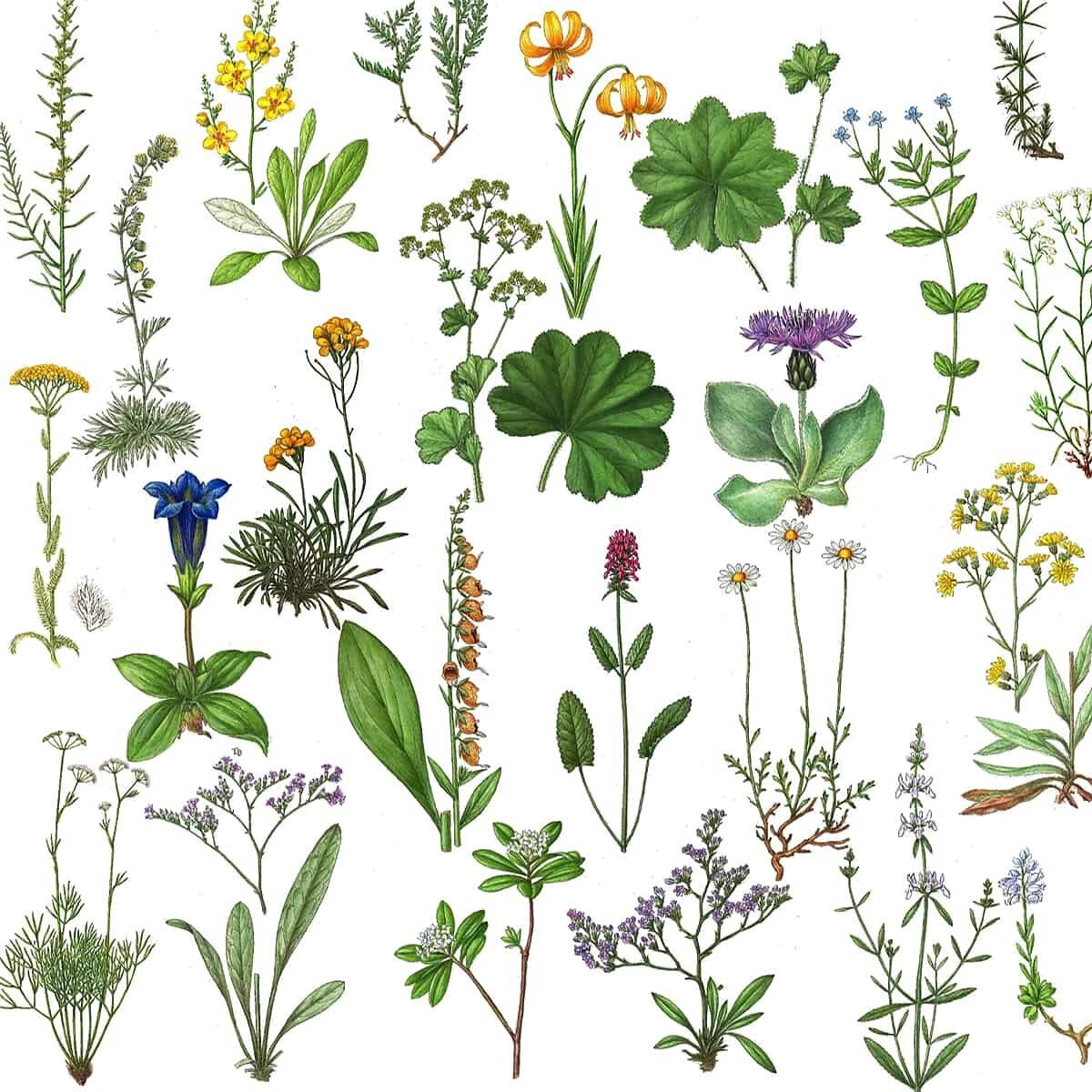
Systematic botany is crucial for understanding plant diversity, classifying plants based on evolutionary relationships using techniques like morphological analysis and DNA sequencing. Taxonomy, following rules established by Carl Linnaeus, includes notable systems like the Cronquist system. Plant classification considers structural components, size, life cycle, and seed type. Homology and homoplasy illustrate similarities, while cladistics and phenetics classify based on ancestry and morphology.
Students should understand the evolution of photosynthetic life, which transitioned from five kingdoms to three domains, emphasizing the significance of microorganisms. This includes contrasting eukaryotic and prokaryotic cells, exploring theories on eukaryotic origins, and examining endosymbiosis, suggesting that mitochondria and chloroplasts originated from symbiotic relationships, impacting biodiversity and enabling photosynthesis.
Additionally, it's essential for students to grasp plant evolution, highlighting shifts to vascular plants and the development of leaves, tree structures, and root systems. They should also be familiar with the transition of plant reproduction from water to land, covering alternation of generations, heterospory, and the rise of gymnosperms and angiosperms with diverse reproductive strategies.
Moreover, students should be aware of plant reproductive evolution, driven by resource constraints, from aquatic to terrestrial environments. This includes alternation of generations, heterospory, and gymnosperm dominance before angiosperms rapidly diversified. Angiosperms formed symbiotic relationships with pollinators, evolving diverse floral traits, showcasing adaptations like pollen grains for terrestrial reproduction.
- معلم: Dr. Saidi